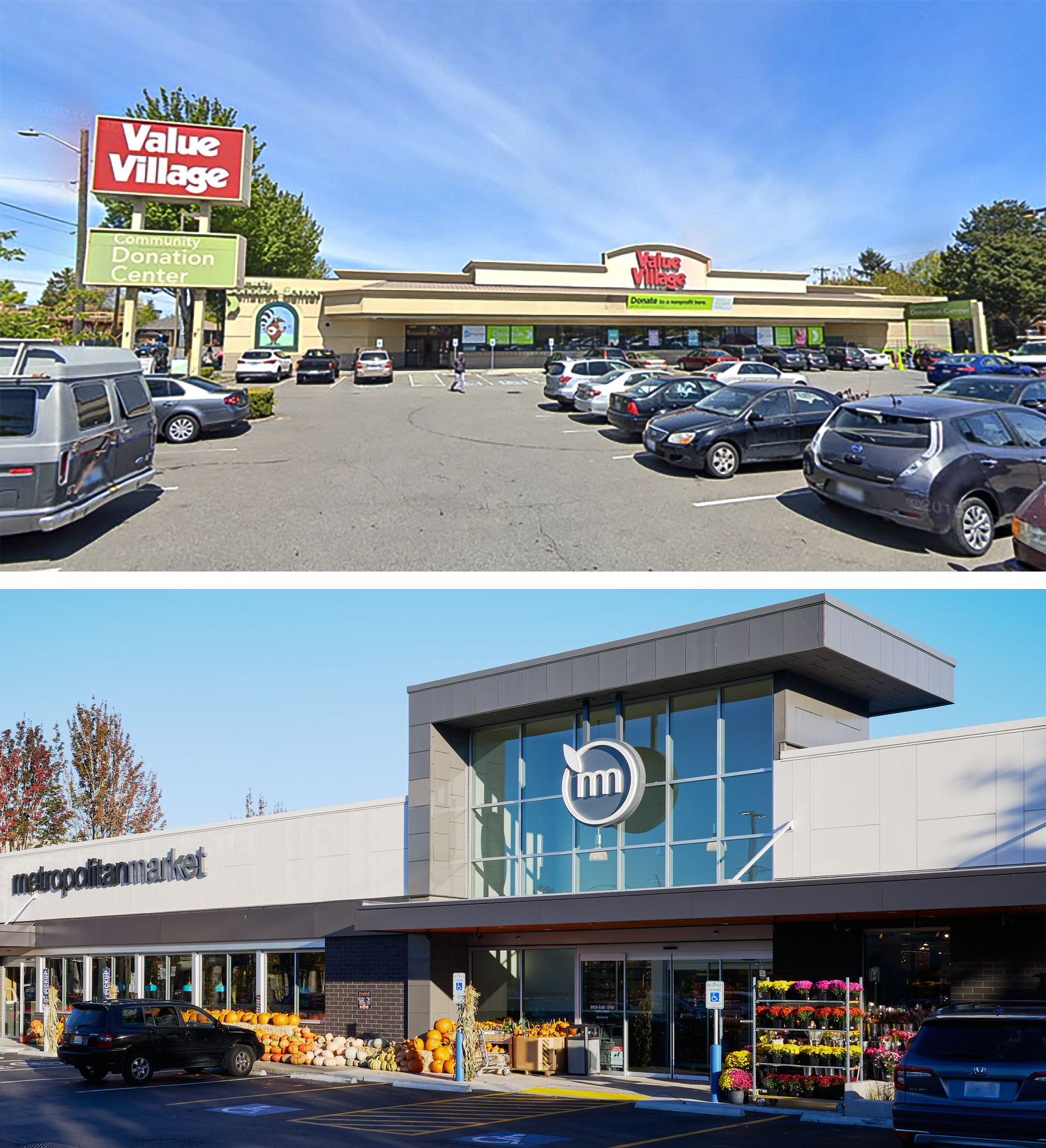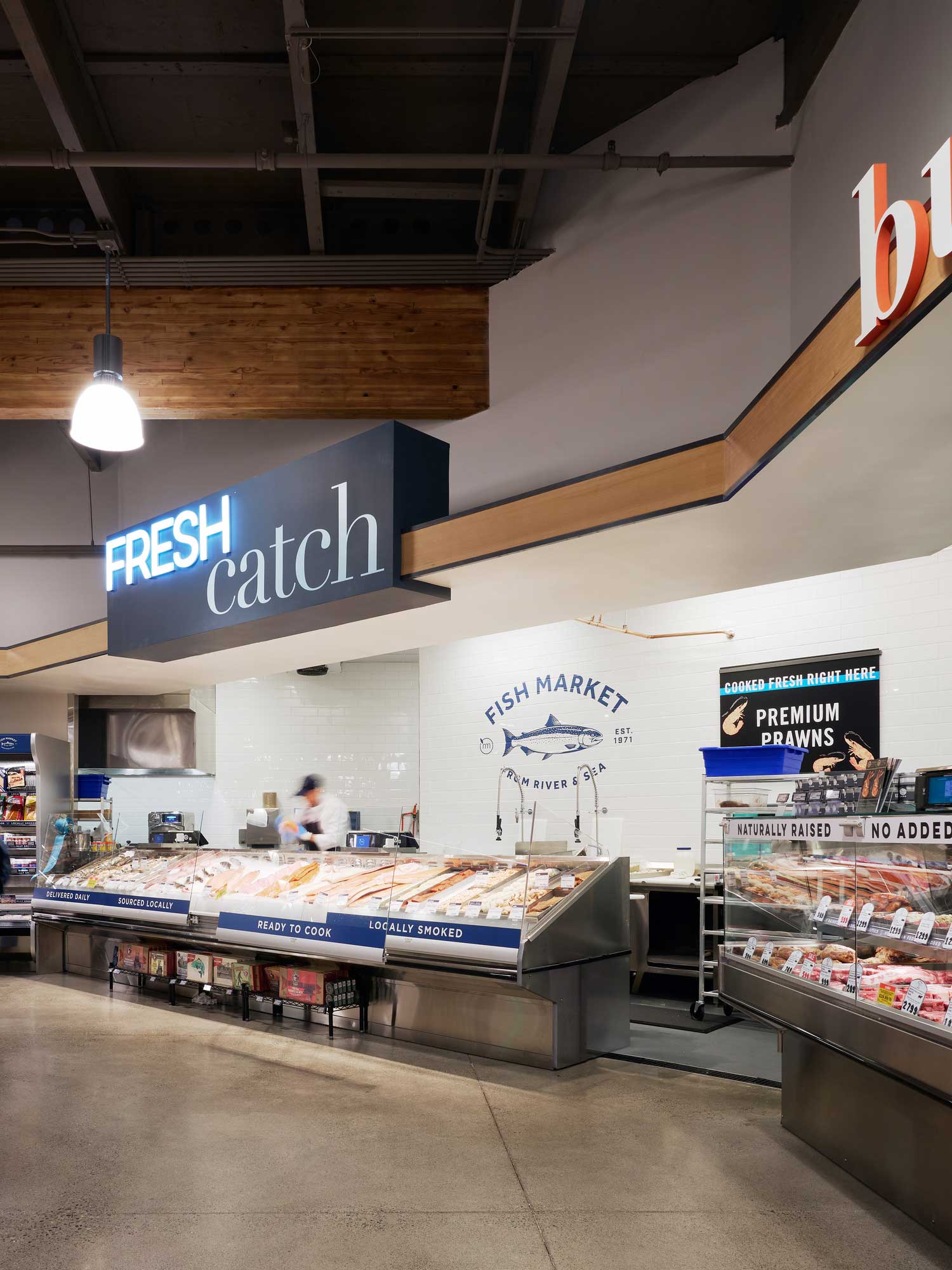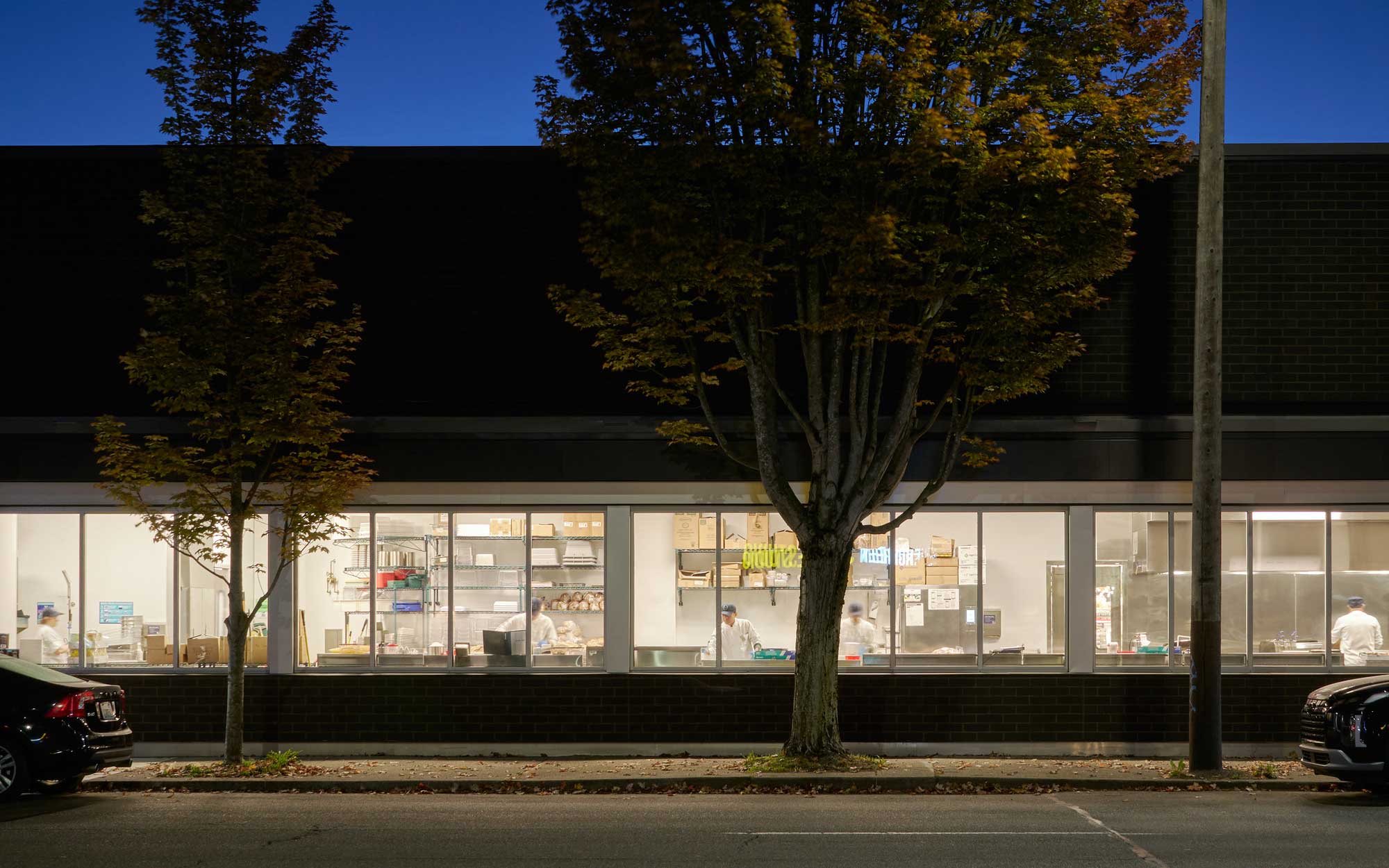Case Study: Navigating New Requirements for Adaptive Reuse Projects
As changes play out in the ever-evolving retail industry — such as consumer preferences, the availability of new technologies, and fluctuating economic factors — we’re also seeing new regulations take shape in the halls of state and local governments. These regulations, which address energy use and site disturbance, for example, are impacting how retailers approach the design and construction of new stores.
As a Seattle resident with many clients in Washington, I’m familiar with doing project work in a state that is aggressively addressing climate change and its related impacts.
One strategy is the re-use of existing retail sites, which not only benefits developers, cities, and property owners, but also makes climate sense — reducing embodied carbon. Historically, re-using existing buildings, sites, and utilities has been both cost effective and a great way to revitalize neighborhoods. As cities around the country grapple with the need to increase density, reduce the use of fossil fuels, and improve storm water facilities, many of our clients are finding that energy, building, and development codes are making it more difficult to realize the cost benefit of reusing existing sites. However, collaboration with a knowledgeable design team can help retail clients address these code challenges, and still achieve effective reuse of existing buildings.
Modernizing the Neighborhood Grocery Store
A great example to illustrate the real-world impacts of new codes is a project site located within a fully developed, densely populated, residential neighborhood in Seattle. The site and building were originally developed as a grocery store in the 1960s and expanded upon in 1988. In the early 2000s, the site transitioned to a thrift store. With yet another shift in purpose in 2023, the city required a change-of-use permit to then turn it back into a grocery store.

Originally developed as a grocery store and subsequently transitioned into a Value Village thrift store, this building in Crown Hill, Seattle, is home once again to a neighborhood grocery, Metropolitan Market.
While much of the original mechanical, electrical, and plumbing infrastructure was intact, the building was not compliant with modern energy and development codes. Additionally, the building and site conditions were not aligned with the goals and quality standards of the grocery retailer, Metropolitan Market. Thus the project required extensive work to bring the site into alignment with the design objectives of the retailer, including refreshed façades, a reworked loading dock, a revamped parking lot, and more.
City-required components included: a new electrical service to accommodate an increased electrical load due to energy code requirements, installation of glazing across the west façade to meet city of Seattle transparency requirements, building envelope improvements, and the installation of a new water service to accommodate increased water-supply requirements.
Additional challenges involved the reclassification of the mercantile category within the city’s zoning code, minimizing site disturbance, maintenance of mature street trees, and utility placement factors.
In addition to windows in the café seating area, the Crown Hill Metropolitan Market features glazing along the deli kitchen to satisfy transparency requirements on the street-facing façade of the building.
All this might make a project owner shy away from the challenge of adaptive reuse, but close collaboration among the owner, design team, and general contractor; proactive and frequent communication among all parties; and creative solutions all kept the project moving forward.
A few of the highlights related to meeting code requirements and minimizing site disturbance:
- To satisfy transparency requirements on the street-facing façade, the team implemented a creative application of glazing (installing glass in fixed openings) combined with the interior layout design. The café and deli kitchen are strategically located along the façade, offering a unique window — literally and figuratively — into this part of a store. The glazing and interior layout was a workable solution but prompted energy compliance requirements and triggered substantial alterations. A grocery-to-grocery conversion wouldn’t have been as complicated.
- Careful coordination with the general contractor was key to complying with the city’s site-disturbance requirements (under 2,000 sq. ft. during construction). To address landscaping needs, native, drought-tolerant plants were used in existing landscaping beds as a new irrigation system was not feasible with site disturbance constraints. The parking lot refresh was achieved by new seal coating and striping rather than asphalt replacement, and all existing parking was maintained to avoid triggering parking lot landscaping requirements.
- To ensure energy-code requirements were met, the team updated all HVAC units, which also required an updated electrical service. To limit site disturbance, new heads were attached to existing exterior light poles and painted to match the new building design.


The Cushing Terrell team partnered with longtime client, Metropolitan Market, on an adaptive reuse project that transformed a 30-year-old building into a modern shopping destination.
The Added Benefits of Adaptive Reuse
Even with its challenges, opting for adaptive reuse with this project, rather than tearing down and starting new, resulted in the lowest-cost approach and most streamlined in terms of permitting.
A complete demolition and new build would have required an extensive entitlement, State Environmental Policy Act (SEPA), and design review process. Because we added less than 5,000 sq. ft. of new area to the building and disturbed less than 2,000 sq. ft. of site area, we were not required to go through these lengthy processes, nor were we required to make significant storm-drain improvements. This approach likely saved our client approximately one year in terms of project schedule and more than $50,000 in site improvement costs.
Adaptive reuse was also the most sustainable way to advance the project. The team maintained the existing overall structural system of the building and two façades. We also very minimally disturbed the site outside of the building, which meant less construction waste, and did not need to dramatically change the existing storm water system due to this approach.
Undertaking adaptive reuse projects in jurisdictions with progressive building codes will likely take additional planning and new approaches to common issues. But addressing these challenges head on with clients — during the due-diligence phase — will determine whether the project is feasible and ultimately result in a functional, efficient, compliant building that will demonstrate a commitment to a community as well as to the environment.



